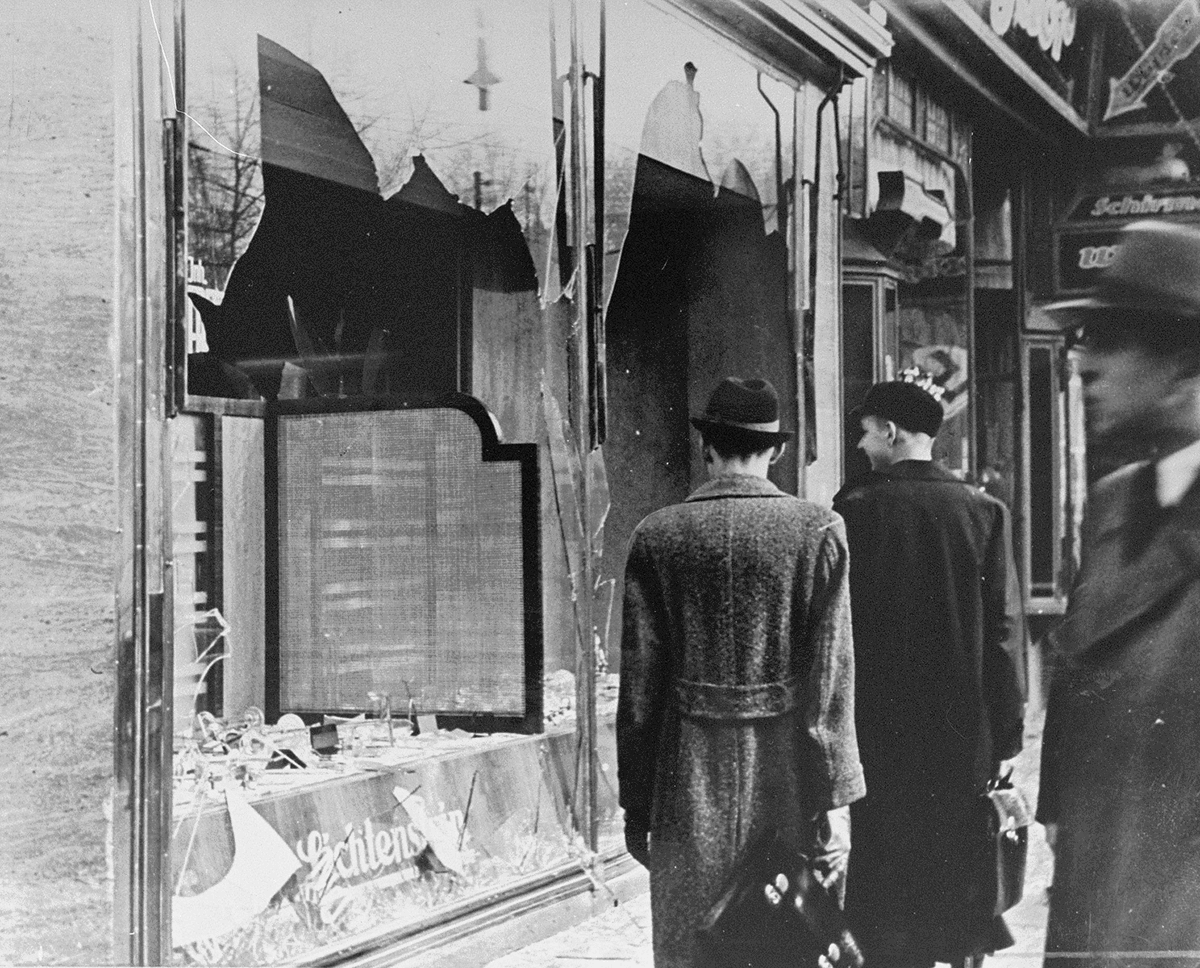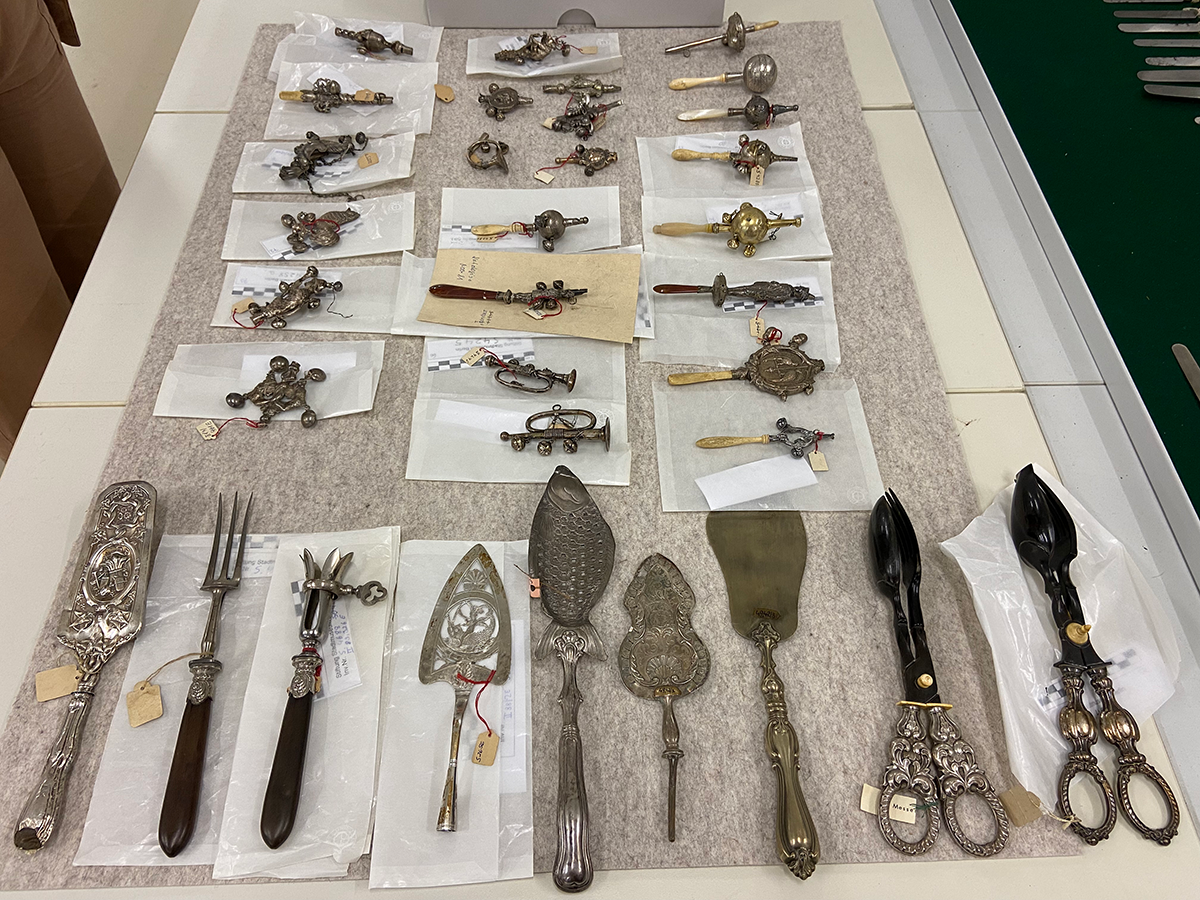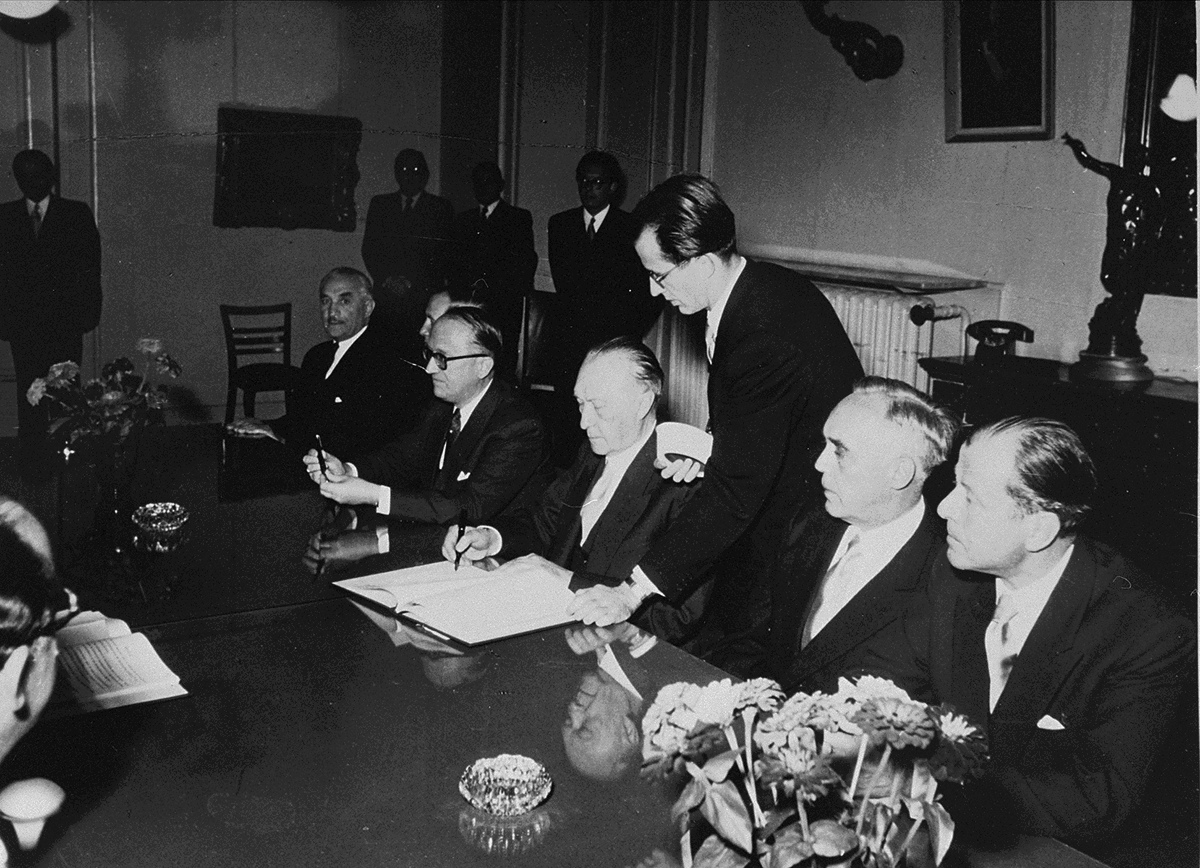Jewish Silver
These bracelets, knives, forks and baby rattles are just a small selection of a much larger collection of everyday silver objects that were originally owned by Jewish people in Berlin. The items are on loan from Berlin’s Stadtmuseum, where many more items of Jewish silver are stored. It is no longer possible to identify their original owners.
From 1933 on, Jews were systematically excluded from Germany’s economic and social life. In February 1939, the Nazi regime forced all German Jews to hand in their precious metals to municipal pawnshops. This order came shortly after the ‘Kristallnacht’, when large numbers of Jewish houses, businesses and synagogues were looted or destroyed. In the following years, the systematic deportation of tens of thousands of German Jews to ghettos and concentration camps took place. The valuables taken from them, were used to fund the war.
During the war, the Märkisches Museum – now the Stadtmuseum – bought over 235 kilos of the silver confiscated in Berlin. Director Stengel at the time mentioned that the silver should be saved from being melted down and that a collection representing 150 years of silverwork should be created. When the war was over, the majority of the silver objects had disappeared without a trace.

The Jewish Claims Conference’s demand for restitution on behalf of the Jewish community in 1993 started a long process of exchange. In 2021 a just and fair solution (according to the Washington Principles) was achieved: since restitution to owners was not possible, a compensation payment was agreed upon. The silver collection then officially became property of the Stadtmuseum.
Expropriation
Forcing German Jews to hand over their valuables was a strategic move by the Nazi regime. After the items were sold, the proceeds went to the state. Municipal pawn shops paid Jewish owners by the gram for their precious metals, regardless of their artistic or historical value. The price they offered was equivalent to about 1/10 of the market price, minus a 10% administration fee. In other words, the Jewish owners received only a fraction of the real value of their possessions. Most items were melted down, but more expensive pieces were resold, and jewellery with artistic value was bought by museums at friendly prices. The Märkisches Museum bought about 132 kilos of valuables from the Zentralstelle des Reiches, where the highest-quality objects from all across Germany were stored.

‘Aryan art’
With this purchase, the museum’s director, Walter Stengel, acquired a collection of silver objects spanning some 150 years. This made it possible to decipher makers’ marks, adding to art historians’ knowledge of silversmithing. During the Second World War, interest in German metalwork grew significantly. As a traditional German craft, it fitted the Nazi narrative glorifying the country’s Aryan past. This ideology was also supported by German associations for gold- and silversmiths. For example, the Märkisches Museum’s research was financially supported by the DGfGK. This association, whose patron was the prominent Nazi Hermann Göring, promoted the expropriation of Jewish collections.
Research
Tracing the original Jewish owners of the silver items has proved incredibly difficult. Although the more than 4,000 objects were catalogued in inventory books almost immediately after they arrived at the Märkisches Museum, only one of these books has been preserved. Moreover, a lot of silver was lost during the war. These items may have been looted by the Soviets in 1945, or they are still stored underground somewhere. During the GDR era, no research was carried out to determine the provenance of the expropriated silver, and it was not until the 1990s that this issue received renewed attention. Despite all efforts, however, no heirs have been traced.

Restitution and settlement
In 1998, the Stadtmuseum started a new investigation in cooperation with the Claims Conference, an organisation that has defended the interests of Holocaust victims since 1951. As no heirs could be identified, an alternative solution was sought. This led to a collective claim of the silver at the Stadtmuseum in 2016. In 2022, the Claims Conference reached a financial settlement with the museum. This marked the 70th anniversary of the Luxembourg Agreement, by which West Germany committed to making reparations to the State of Israel and individual Jewish victims.

